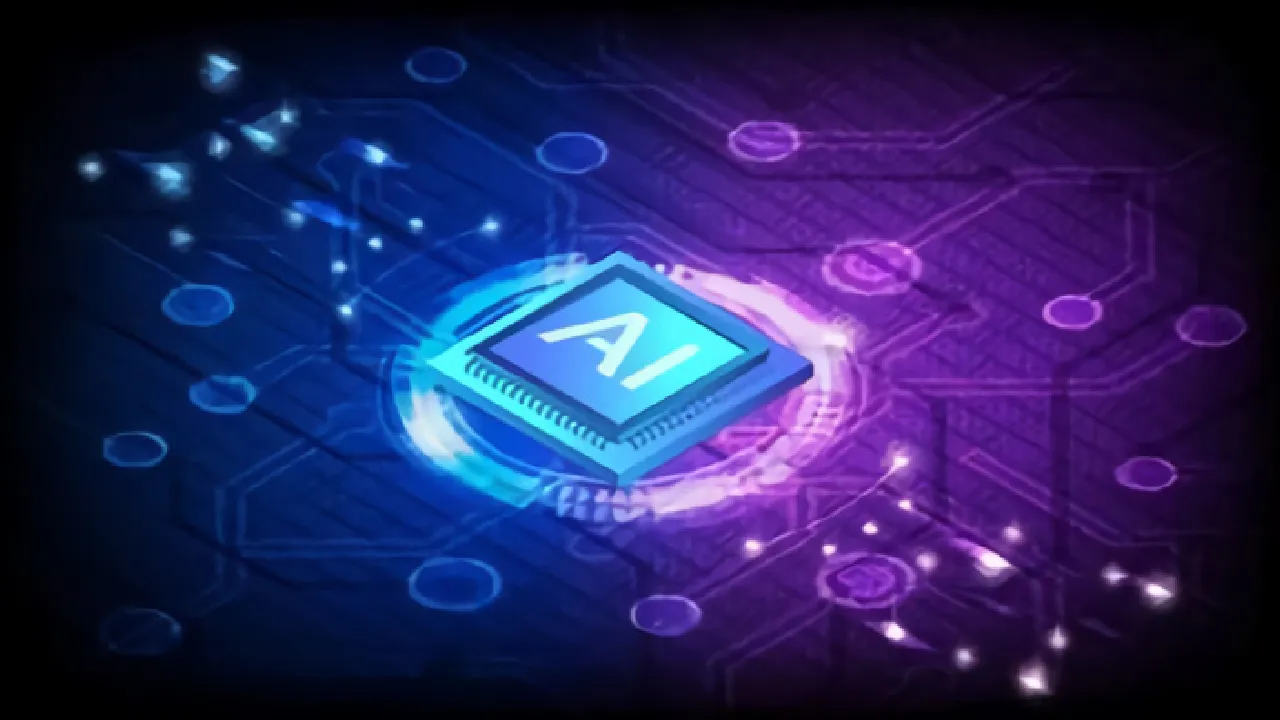Current state of Internet of Things
The so-called Internet of Things (IoT) has been around for some time. Data collection from independent, isolated devices is nothing new and there are several success stories on the market.
But these IoT devices have been mostly successful on the consumer electronics market, like the Nest thermostat for instance, or the ever growing list of “connected” kettles, fridges, dishwashers, and I don’t know what the likes of Samsung is cooking (supposedly inside a “connected” oven).
While these devices could in theory accommodate sophisticated real-time capabilities, their purpose is quite limited. No one else benefits from a Google Nest other than the household using it. These devices, even though they might incorporate various useful technologies, don’t have any other practical usage beyond their commercial intent. Besides these fancy ‘connected’ household appliances that nobody needs, whenever we think about IoT devices we also start picturing Raspberry PI boards with various other small sensors, all bundled together with a lot of wires in a hobby-style, soon-be-discarded project.
On the other hand, the heavy industries such as the energy sector are struggling to adopt cloud and IoT technologies which might improve their workflows and as a result they lack the benefits which these technologies would bring. The consequence of the slow “digitalisation” (the term commonly used in these industries) is however propagated to the entire society, and to a large extent to the environment and the biosphere. Thus, the swift transition to digital technologies in the heavy industries is not only a commercial and economic consideration, but also an environmental and ecological one.
Existing implementations across industries
Let’s start with looking at what is out there already and I will only focus on the heavy industries and scientific research sectors. I will mostly draw conclusions from my own experience as an independent consultant working in a few different large scale projects in the energy sector in Norway, over the past five years. I have also been involved in a few scientific research projects with an environmental focus while working at the leading Norwegian institute for water research.
From what I’ve been able to observe, not only by directly being involved in various projects, but also by speaking with several large companies in the energy sector in Norway, there are various data platforms being developed mostly in-house, independently. The purpose varies of course from one company to another, but what these platforms have in common is collecting data from industrial assets, usually in the form of time-series data, and storing it in various types of data structures for the purpose of further analysis and also for condition monitoring of assets. The most sophisticated ones also have 3D simulators and digital twins.
These solutions are often highly complex and costly to implement and deploy. They are usually built from the ground up, using in many cases cloud architectures based on the Kubernetes framework, and with limited collaboration efforts with other parties.
Besides the usual shortcomings resulting from working under an isolated and closed-source platform, most existing solutions are only using traditional IoT technologies and not leveraging the “Intelligent Edge” technologies, ending up at best with an architecture that looks similar to this:
The above architecture is based on the traditional Azure IoT solutions developed by Microsoft to enable bulk data transfer to the cloud, but the cloud provider could also be Google, AWS, etc.
Azure IoT Edge
There are competing IoT platforms from Google Cloud and AWS, but my experience is mostly around the Azure IoT Edge suite, and as far as I can tell it seems to be slightly ahead of its competitors when it comes to integrated and reliable cloud IoT platforms. Its demonstrated capabilities enables developers to build, deploy, and monitor end-to-end solutions that use edge devices, which be used for a variety of purposes in several industries.
The main benefit of using Azure IoT Edge enables you to move parts of your workload to the edge, so your devices can spend less time sending messages to the cloud and react more quickly to events. The architecture is based on containers and uses Docker-compatible individual containers to perform workloads on edge devices and to communicate with the cloud.
Here are some of the features that are already built-in into the Azure IoT Edge solutions:
- scalable container-based modular architecture and open-source developer tools and SDKs
- an integrated runtime which is deployed on the Edge device and ensures two-way device-to-cloud communications and also communication internally between the individual modules
- built-in device provisioning services and also integrated end-to-end transport security
- built-in failover and failsafe networking mechanisms for efficient and reliable communication with the cloud or other third-party services
#azure #ai #iot #azure-devops
